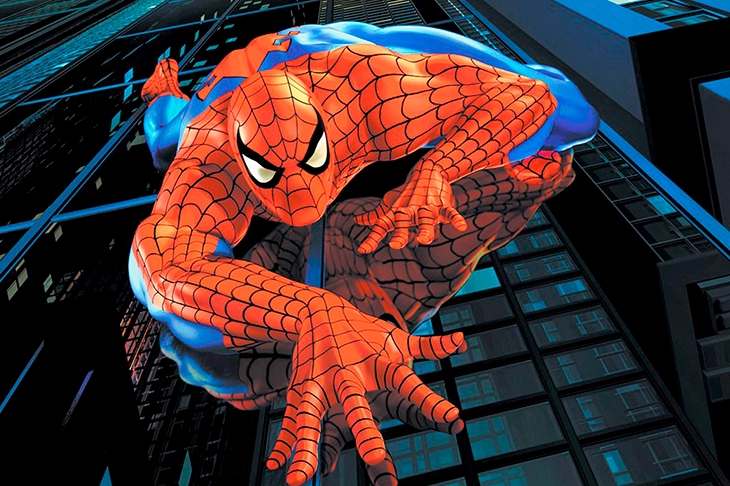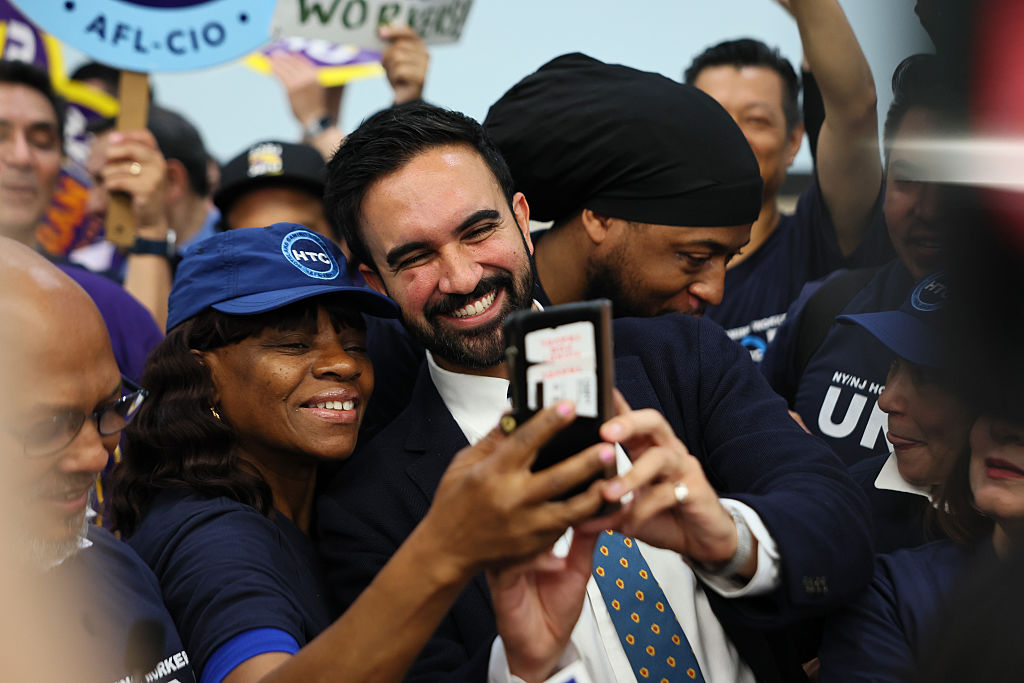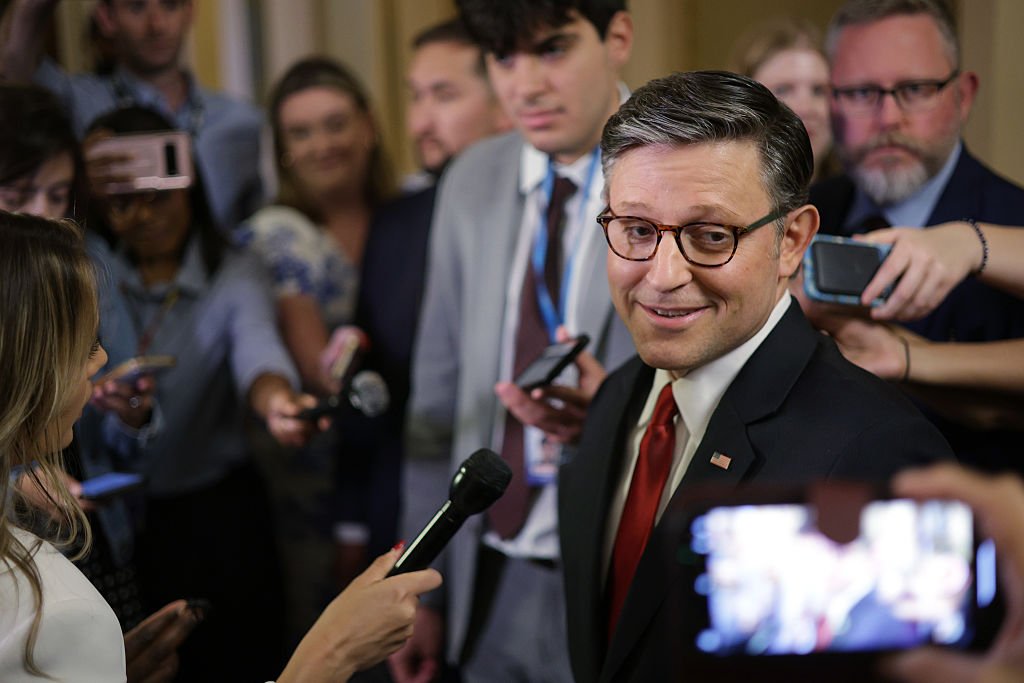In August 1961, two middle-aged Jewish New Yorkers, Stan Lee and Jack Kirby, launched a new superhero comic book for the company that would become Marvel Comics and called it The Fantastic Four. In less than two years, working with either Kirby or Steve Ditko, Lee also co-created Hulk, Thor, Spider-Man, Iron Man, Ant-Man, Wasp, Doctor Strange, Nick Fury, the X-Men and the Avengers. Over the past 20 years, movies based on those characters alone have grossed more than $30 billion (three times more than the Star Wars franchise) and Lee made jovial cameo appearances in all of them. When he died in 2018, millions of children born in the 21st century mourned a man born during the Harding administration.
The newsstand comic book and the 7in single are the two quintessential artifacts of postwar pop culture: cheap, disposable formats whose contents sometimes proved immortal. The closest analogue to Lee’s Marvel is Berry Gordy’s Motown. Both men were tireless self-promoters, with a flair for finding (and losing) talent and a genius for reading the pulse of 1960s youth. The crucial difference was money. While Motown’s hit-makers were set up for life, the comic book industry was piratically exploitative, with publishers retaining ownership of the characters and paying flat rates instead of royalties. Lee himself called it ‘the worst market…on the face of the Earth for creative talent’. The real currency was credit, and that’s where Lee’s legacy gets complicated. ‘One’s entire conception of Stan rests on whether or not you think he truly was the originator of this world-changing pantheon,’ writes Abraham Riesman in an introduction that’s as tantalizing as one of Lee’s cover blurbs. Was he a true visionary, or a liar and a thief?
Lee made the biographer’s job difficult by being a wildly unreliable narrator of his own story. Both of his latest chroniclers argue that his greatest fictional creation was the character of ‘Stan Lee’ himself, but Liel Leibovitz opts for print-the-legend insouciance while Riesman puts in the hard yards to separate fact from myth. Lee’s brother Larry compares Stan with Charles Foster Kane: ‘Who was he? What was he? What was he like? It depends on who you talk to at what moment.’
Stanley Martin Lieber was born in 1922. His parents had separately fled pogroms in Romania and settled in the largely Jewish slums of New York’s Lower East Side. A child of the Great Depression, Stanley summed up his ambitions in his 1939 high-school yearbook: ‘Reach the top — and STAY there.’ But it was nepotism rather than grit that landed him a job at Marvel’s precursor, Timely Comics, in 1940: the founder, Martin Goodman, was his cousin-in-law and Goodman’s right-hand man was his uncle. Lee was a good soldier — the ‘ultimate hack’ who banged out crime, horror and romance stories after the first superhero bubble burst in the 1950s, and was twice tasked with sacking the entire staff. Kirby claimed that he once saw Lee sobbing at his desk, embarrassed and defeated by his job. The Fantastic Four was to be his last throw of the dice before quitting comic books and becoming a ‘real’ writer.
Rather too much of Leibovitz’s slim, stylish monograph (part of the Jewish Lives series) is given over to Lee’s idiosyncratic theories about the Jewish origins of Marvel heroes. They feel like a stretch, especially as Lee married a gentile and claimed that ‘faith is the opposite of intelligence’. Perhaps, though, that adds weight to the mythology-obsessed Kirby’s claims of authorship. Tom Scioli’s biographical graphic novel epitomizes the Kirbyite view. Scioli portrays Kirby, a tough, blue-collar war veteran, as a boundlessly inventive, wide-eyed hunk (even though one contemporary journalist compared him to ‘the assistant foreman in a girdle factory’), and Lee as a balding hack who reinvents himself, with a beard, sunglasses and toupee, as a Barnumesque beatnik. Kirby (born Jacob Kurtzberg) maintained that he not only originated the likes of Thor and Hulk but wrote most of the plots, with Lee contributing only the florid dialogue that betrayed his frustrated literary ambitions. He died, bitterly unappeased, in 1994 and his estate’s lawsuit against Marvel almost went to the Supreme Court before it was settled in 2014.
Analyzing old interviews and documents with lawyerly rigor, Riesman concludes that both men’s accounts of that extraordinary 1961-3 period were inconsistent, sometimes demonstrably inaccurate, and utterly irreconcilable. Lee himself told at least four different versions of the Fantastic Four’s genesis. There simply isn’t enough solid evidence to reach a conclusion; but the media’s incorrigible misunderstanding of a visual medium driven by collaborators, not auteurs, has always favored Lee.
Whatever the truth, Lee, Kirby and Ditko collectively reinvented the superhero. Their characters were gloomy, obnoxious, conflicted and dysfunctional, squabbling with each other and with their own consciences. While DC’s comics focused on how Superman and Batman could defeat their nefarious foes, Marvel’s asked why they should bother at all. Lee’s ideal medium was the verbose thought bubble and his defining line (possibly lifted from Roosevelt or Churchill) was Spider-Man’s dictum: ‘With great power there must also come great responsibility.’ Lee’s other innovation was to create a universe of overlapping characters, thus encouraging readers to commit to one giant narrative. In 1965, the Village Voice hailed Marvel as a bona fide ‘Pop-Cult’. The novelist Jonathan Lethem was one of millions of kids seduced by that ‘outsiderish, sulky Marvel scent’.
Lee fashioned himself into a countercultural impresario who addressed readers in feverish hipster lingo, punctuated with exclamatory catchphrases (‘’Nuff said!’) and rampant alliteration (‘Make mine Marvel’). As important as the stories he told for Marvel were the ones he told about Marvel. He pitched himself as the groovy ringleader of a bustling, bantering ‘bullpen’ (even though most of the artists worked from home) and threw in peppy, centrist sermons about tolerance: ‘The radicals claim we’re too archaic! The conservatives claim we’re too liberal!’ Lee toured the college circuit, gladhanded Marvel fans such as Federico Fellini and the Beatles, and performed so well on chat shows that he tried to launch his own. Kirby even claimed that Lee wanted to run for governor of New York.
Leibovitz’s narrative fizzles out around 1970. Kirby and Ditko had quit, while many of the storylines and characters that have since nourished Marvel movies flowed from younger writers such as Chris Claremont and Jim Starlin. But Riesman argues that Lee’s ‘debatable’ self-image as an ideas man meant that he sold short his ‘inarguable’ talent as a hard-working and inspirational editor between 1966 and 1972. ‘He was somebody you could trust, even if you wanted to blow his brains out,’ said Claremont. Yet as he graduated to publisher, and then ceremonial figurehead, Lee became fixated on his own legacy. He moved to California, where he threw excellent parties and watched countless movie projects (Tom Selleck as Doctor Strange! Angie Bowie as Black Widow!) explode on the launchpad.‘I have the sense that he wants to be like Walt Disney,’ one Marvel writer said. ‘Comics are sort of beneath him.’
When Hollywood finally came around to Marvel’s superheroes in the late 1990s, Lee was derailed by a hair-raising parade of sharks, grifters, fantasists and abusers, allegedly including his own volatile, profligate daughter. Behind his twinkling, grandfatherly movie cameos, his life was chaos. Riesman painfully details the failure of Lee’s post-Marvel ventures Stan Lee Media and POW Entertainment, and his horrendous final months, ‘beset by malign forces’ following the death of Joan, his wife of 70 years, in 2017. Riesman underlines the tragic irony of a man who was often branded a bullshitter and swindler falling prey to far more unreliable characters.
As for exactly who did what in that miraculous two-year period which produced some of the world’s most valuable creative IP, perhaps even Lee was ultimately unsure. In 2008, he related his version of the creation of Spider-Man for the zillionth time, but this time with a wink: ‘I’ve told this story so often that, for all I know, it might even be true.’
This article was originally published in The Spectator’s UK magazine. Subscribe to the US edition here.

























